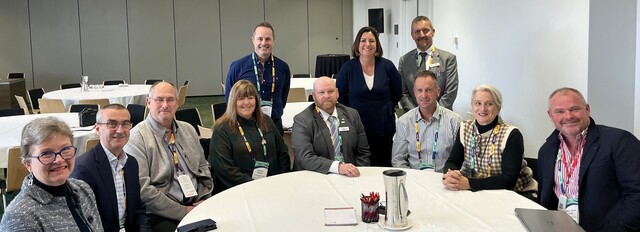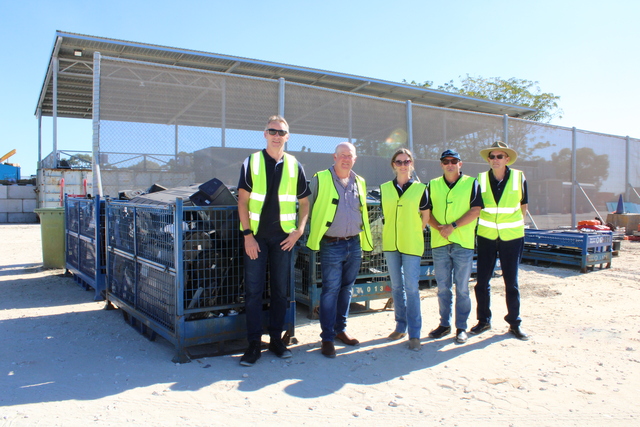Reform of Local Government in the Northern Territory is a combination of home grown solutions and some borrowing of what has worked well elsewhere in Australia.
A three pronged approach under pins the reform process.
- Establishment of perhaps 20 regional/shire type Councils.
- Five Regional Development Boards to drive social, as well as economic growth and development
- Partnership agreements similar to those in place in Tasmania.
The Government has not set down a timeframe for Council mergers as was used in Victoria and South Australia but is encouraging local authorities to come together to discuss how best services could be delivered in their area. To date three regional councils have been established – the Tiwi Islands Council, Nyirranggulung Mardrulk Ngadberre Regional Council east of Katherine and Thamarrurr Regional Council centred on Wadeye.
“Other areas are looking at these new Councils as they work through various issues and, at the end of the day, if the new structure is providing better services,” said Peter Herden, Director Partnerships and Regional Development. “This process has the potential to strengthen Local Government by including large areas of land into the new larger authorities.”
Thirty per cent of the Territory’s population is Indigenous people and 70 per cent of these live in remote communities.
With huge distances between the many scattered, small population centres, provision of an all weather road network is a major issue. Often cut off by road for up to five months each year, air and barge transport adds greatly to the cost of living in theses communities.
“This is a major impediment to social and economic development,” Peter Herden said. “As well as the high cost of living, poor roads lead to road trauma and fatalities. Isolation also leads to cultural and social dislocation and lost economic development opportunities.”
The Regional Development Boards set up by Minister Ah Kit late last year will create plans covering issues relating to economic and social development, infrastructure and environment sustainability. Each Board has a wide representation of key stakeholders in each region including municipal councils, remote councils, the Local Government Association of the Northern Territory (LGANT), Land Councils, ATSIC, pastoralists and community representatives.
In forming the Boards, the Minister called for nominations from the above organisations and expressions of interest from individuals. The result is a good community mix on each of the five Boards.
Partnership Agreements, similar to the model established by the Tasmanian Government with Local Government are also being put in place. Currently there is a bilateral agreement between the Northern Territory Government and Palmerston City Council. Negotiations are under way for a similar agreement with Pine Creek Community Government and Alice Springs Town Council.
A tripartite agreement has also been established, as the Council of Australian Governments Indigenous Communities Coordination Project, involving the Commonwealth Government, Territory Government and Thamarrurr Council. This agreement aims to develop improved service delivery in a remote community. It is currently looking at issues involving construction of infrastructure, and improved programs for youth and families.
A Territory wide partnership between the Government and LGANT is also being negotiated.







